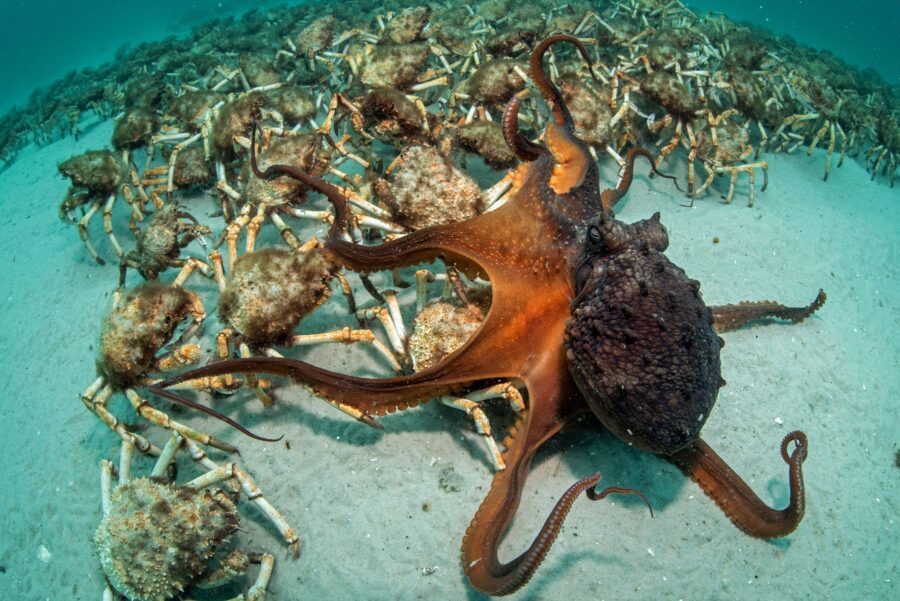Migratory bird clocks up 27,000 km journey

AFTER TWICE COMPLETING a 27,000 km journey around the world twice, one ruddy turnstone has well and truly earned a lifetime of frequent-flyer points.
Researchers from the not-for-profit Victorian Wader Study Group and Deakin University tracked the migration of four ruddy turnstones (Arenaria interpres) from Australia to their breeding grounds in Siberia.
The turnstones were found to fly non-stop from Australia to Taiwan, a distance of about 7600 km, in just six days. On the return journey they migrated from Siberia to Australia via the Pacific, rather between the Americas, as previously thought.
“It is amazing that the small number of turnstones equipped with geolocators already show a route previously unknown to scientists for this species,” says Golo Maurer, project manager of Shorebirds 2020.
One of the birds flew back to Australia on a scenic route across the central Pacific, clocking up a total of 27,000 km for the round trip. With these distances, a turnstone could typically travel 500,000 km in its lifetime.
Interesting, researchers noted that while the birds seemed to travel together en route to Siberia, no two birds made the same return journey home.

The migratory route of the ruddy turnstone that flew 27,000 km. (Photo: IBCAO)
Refuelling
To track the small wading birds, which spend the summer months on eastern Australian beaches, the researchers had to fit ultra-light sensors to the birds’ legs. The sensors recorded, over two years, the light intensity during flight, which was used to discern sunrise and sunset times and reveal the birds’ location.
“Never before has a bird with a geolocator been recorded two years in a row,” says Golo.
The birds managed to maintain a speed of about 50-55 km/h for the Australia to Taiwan leg.
Part of the research was designed to find the key refuelling locations the birds use to build their fat reserves for the cold 6000 km northward migration. The ruddy turnstones were found to mostly refuel on tidal flats near the Yellow Sea in China.
“Determining the important refuelling areas for the ruddy turnstone will allow us to focus on future conservation efforts,” says Dr Ken Gosbell, a member of the Australian Waders Study Group. “The rich tidal flats of the Yellow Sea on which these migratory birds depend are being rapidly destroyed by land fill, reclamation and port developments. This is having a large impact on the numbers of Turnstones that return to Australia each summer.”
The East Asian-Australasian Flyway (EAAF) is the route used by turnstones and stretches from Siberia, northern China and Alaska southwards to Australia and New Zealand. It encompasses 23 countries and is used by 55 migratory species, comprising over five million individual birds.
RELATED STORIES




